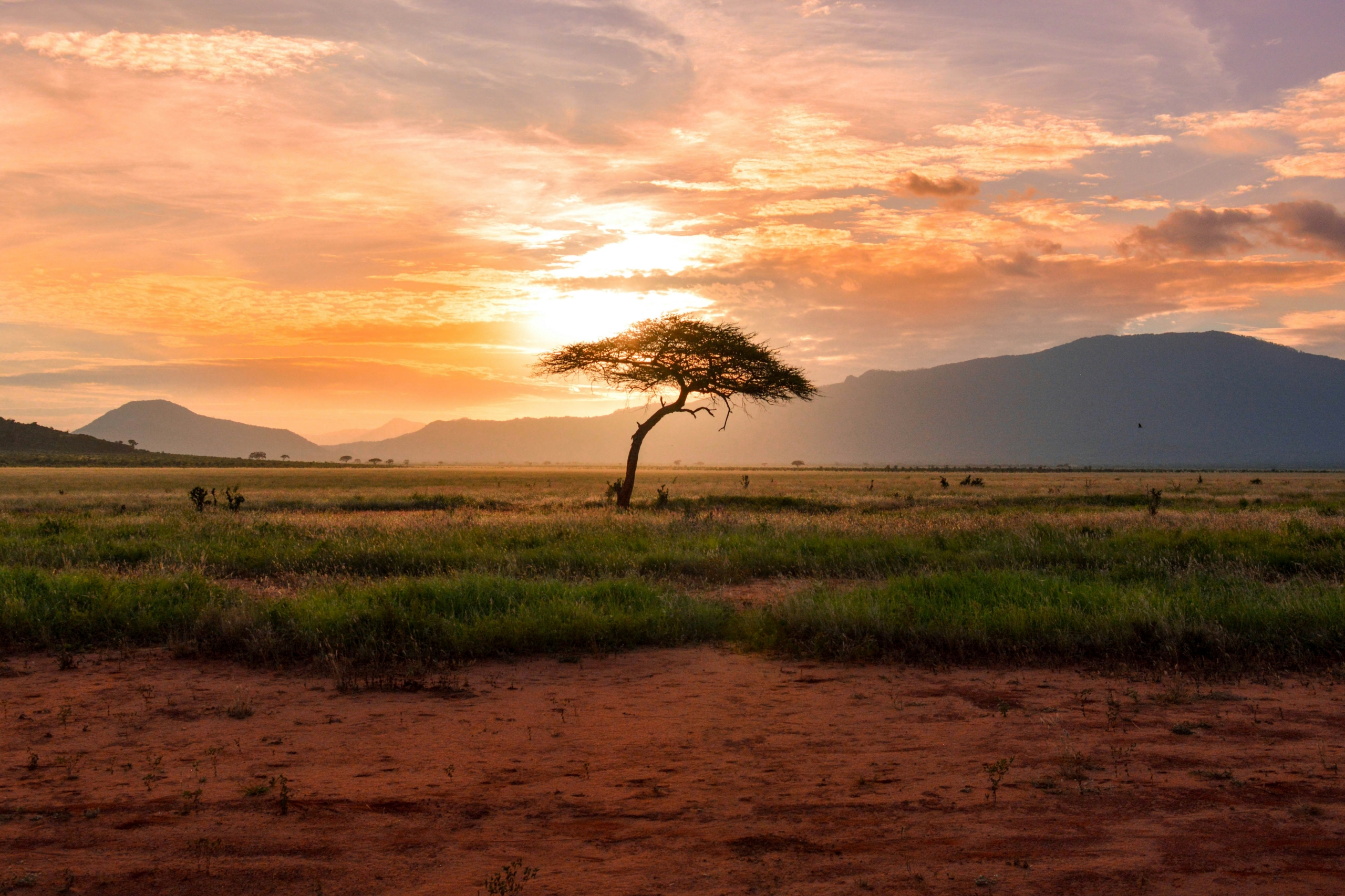Kenya should not gamble with energy security

Kenya’s energy mix has been a widely discussed topic both locally and across borders. What is common in all these discussions is the question ‘is Kenya’s energy mix sufficient enough to meet our transformational agenda?’ While there are those who believe that Kenya’s current capacity of about 2,300MW is sufficient for the country to achieve economic dominance, others are of the opinion that we have a long way to go and the country needs to add capacity with a mix of energy sources in order to meet both demand and environmental sustainability goals.
So, does Kenya really need additional capacity and if so what advises this decision? Energy security and planning in Kenya is guided by the Ministry of Energy and Petroleum which through the Least Cost Power Development Plan (LCPDP), assesses the energy demand in Kenya over a certain period in time and estimates the country’s future energy needs and sources of energy. The Least Cost Power Development Plan (LCPDP) is supported by the Kenya Power Generation and Transmission Master Plan. The latest LCPDP estimates that electricity peak demand is forecasted to grow at high rates – it is expected to rise from 1370MW in 2012 to at least 21,075MW by 2033.
This is informed by the growing connections into the grid as well as implementation of flagship projects such as the SGR electrification, Konza City Technopolis and the LAPSSET developments among others. With that in mind, the ERC last updated the LCPDP in 2013 covering the period 2011-2035. The document, which is typically updated once every two years, critically looks at the elements of economic growth such as; urbanization, population growth, industrialization and the rising middle-class. These trends are analyzed and studied to establish how they drive consumer spending and needs, and ultimately how it will influence Kenya’s energy demand.
Energy is a catalyst for economic transformation and a key input to ensuring rapid industrialization. It is a big deal! In a recent survey by Kenya Power, manufacturers said that power accounts for between 20%-30% of their total input costs. If power was made cheaper and reliable, the possibility of a multiplier effect across all sectors would be a game changer. There would also be an increase of jobs, cheaper goods and a robust export market.
It is for this reason that the Ministry of Energy envisioned the need for a coal power plant that will enrich the Kenyan energy mix by not only increasing power generation, but also provide a reliable base load power supply. As it stands, Kenya’s energy mix needs to be sustainable to guarantee absolute energy security. According to the International Energy Agency, Kenya relies 44% on geothermal, 36% hydro, 19% gas and oil and 1.4% solar and wind. Due to climate change, pollution, human encroachment within water towers and diversion of water sources for agricultural use, rivers are quickly becoming seasonal and cannot be relied upon for energy generation. Energy security cannot be dependent on weather patterns.
Currently, in Kenya, renewable energy sources like wind and solar are necessary in the energy mix and can be used as peaking loads as they are not consistently available to guarantee base load requirements. Though geothermal has become the leading source of power generation in Kenya, it has a few challenges. For example, the highest risk for geothermal development is the exploration phase for determining the resource and the feasibility studies associated with it. Secondly, geothermal power is generated whether or not there is demand as the steam supply is always there. This means that even if there was no electricity demand, consumers would still have to pay for it, making it expensive due to non-use charges. Let’s also have our facts right about wind and solar power. Though they are essential to have in the energy mix, they are reliant on weather patterns. Meaning it would be impossible to have power without sufficient wind or solar irradiation. The capacity factor for a wind power plant is about 50% at the most while the efficiency of a solar power project is about 20%. This means that if there is a 100MW wind power plant, under normal operating conditions assuming there is a good wind resource, only 50MW is injected into the grid; additionally, a 100MW solar power plant would probably be able to evacuate firm power of about 8MW given its 20% efficiency.
What this means is that Kenya needs an energy mix with all these sources meeting particular needs for the grid. Another important aspect to consider is the cost at which Kenya Power purchases energy units from KenGen and Independent Power Producers (IPPs). Currently, the cheapest power generation source in Kenya is hydropower, followed by coal, geothermal, wind, solar, Medium Speed Diesel (MSD) and High-Speed Diesel (HSD). From this, it is clear that in the merit order, Kenya Power will be purchase the cheapest power first before going for more expensive generation methods.
Cost effective power is a major enabler in meeting the Big 4 agenda in Kenya today and our Vision 2030 blueprint which aims at accelerating sustainable growth, reducing inequality, and managing resource scarcity. There is no better way to kick-start this than making energy cheaper as it is a primary input in manufacturing, affordable housing, healthcare and agriculture. Cheap energy has the potential of transforming lives and accelerating growth across multiple sectors. Additionally, Kenyan consumers now have an opportunity to use cheap and clean energy compared to the current firewood which accounts for 70% of total energy use.
Martin Macharia is an Associate Consultant with Strategic Advisory firm Africa Practice
Proud to be BCorp. We are part of the global movement for an inclusive, equitable, and regenerative economic system. Learn more


